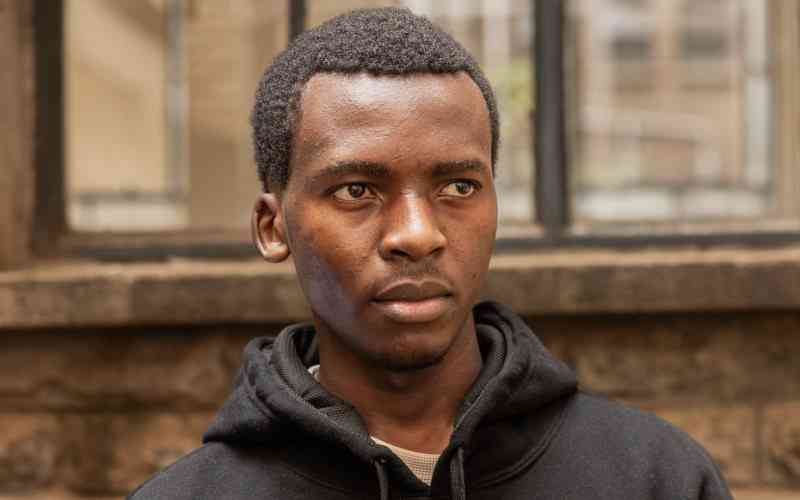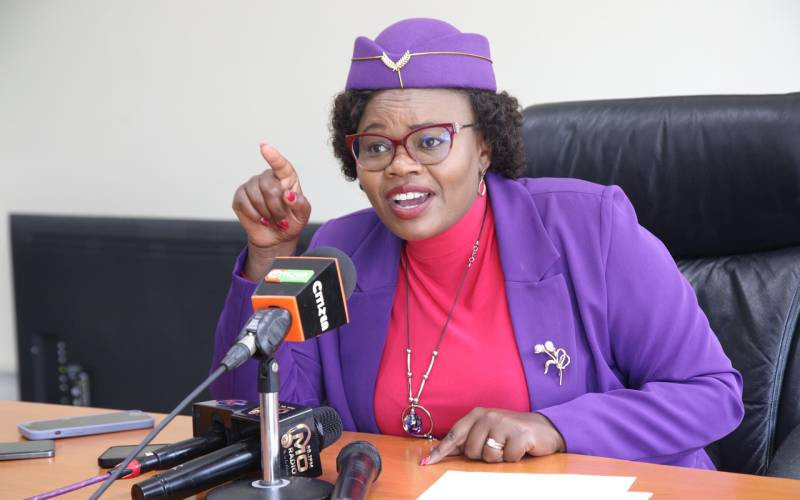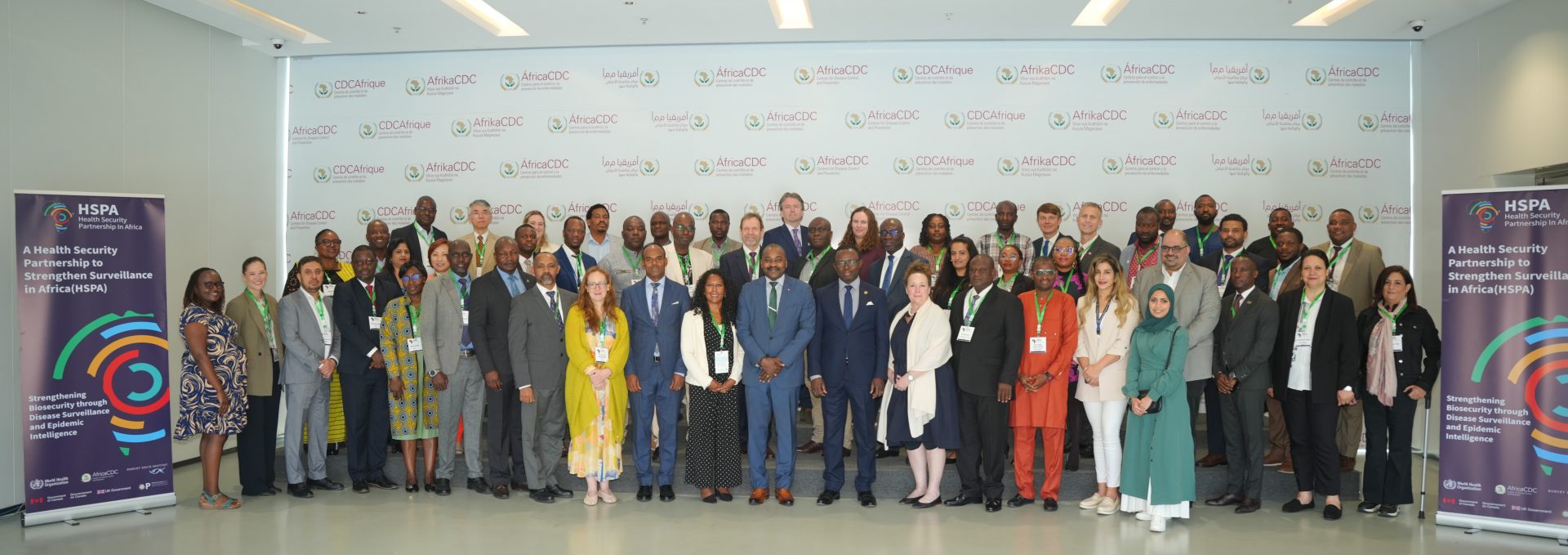Ethiopia: Transforming Refugee Camps Into Sustainable Urban Centers - allAfrica.com
Ethiopia is leading a groundbreaking initiative to transform traditional refugee camps into self-sustaining urban centers, fostering social cohesion and economic opportunities for both displaced populations and host communities. This ambitious vision was a key focus of the 4th IGAD Scientific Conference on Migration, Displacement, and Urbanization, which recently concluded in Addis Ababa.
The three-day conference, hosted by the Intergovernmental Authority on Development (IGAD) in partnership with the Ethiopian government, brought together researchers, policymakers, government officials, and development partners to address the complex interplay of human mobility and urban transformation in East Africa. Under the theme "Implications for Sustainable Development," the event emphasized the critical need for research-led policy to tackle the growing challenges and opportunities of migration and displacement in rapidly expanding urban areas.
Ethiopia's Refugees and Returnee Service (RRS) highlighted the country's extensive experience with forced displacement, currently hosting nearly 1.1 million refugees from 27 countries, predominantly from neighboring nations. Zewdu Bedada, an advisor for the RRS underscored Ethiopia's commitment to upholding international responsibility through global solidarity.
Since 2022, Ethiopia has been implementing an innovative approach to integrate refugees with nearby towns, granting them access to the same services and infrastructure as local residents. This shift moves beyond the traditional, isolated camp model towards creating inclusive, functioning urban areas. In partnership with various ministries, regional governments, and UNHCR, Ethiopia is charting a vision that prioritizes long-term sustainability and inclusivity for displaced persons.
To address the strain that displaced populations can place on urban systems, leading to overcrowding, poverty, and social instability, Ethiopia is set to officially launch its "Makatet Roadmap." "Makatet," meaning "Inclusion" in Amharic, signifies a fundamental shift from a "care and maintenance" approach to development-focused integration of refugees into the national system.
Under the 2023 Global Refugee Forum (GRF) plan, two refugee camps are slated for conversion into fully integrated urban centers by 2027. These centers will feature improved infrastructure and essential services such as roads, electricity, water, sanitation, healthcare, and education, all aligned with adjacent master plans to ensure seamless integration with host communities.
Beyond the Makatet Roadmap, Ethiopia is also implementing the "Melkadida Compact," a local development and climate adaptation plan. This initiative, supporting refugee and host communities in the southern-eastern Somali region, is paving the way for the gradual transformation of camps like Kebribeyah and Aysaita into urban settlements. The Melkadida Refugee Compact emphasizes climate adaptation through the strategic harnessing of local resources and seeks private investments to build on a decade of innovative approaches promoting inclusive livelihood opportunities and reducing dependency.
The ultimate vision for areas like Kebribeyah, Aysaita, and Melkadida is "vibrant, peaceful communities that include refugees, IDPs, and host communities, places where economic opportunities are accessible to all." Ethiopia acknowledges the limitations of the traditional encampment model and is actively seeking to address inefficiencies by fostering self-reliance, market access, and peaceful coexistence. While progress has been made, challenges remain, including limited local capacity, the novelty of the experience, and dependency on often inadequate humanitarian funding.
The Makatet Roadmap aligns with global frameworks such as the Sustainable Development Goals, the Global Compact for Refugees, and the Ethiopian Refugee Proclamation of 2019. The Proclamation allows refugees to access services on par with host communities, though challenges persist due to most refugees residing in border area camps.
Dorothee Hutter, Country Director for GIZ in Ethiopia and Djibouti, commended IGAD, Ethiopian authorities, and all partners for their commitment, highlighting the conference as an example of international cooperation in developing fact-based understandings of challenges to support informed decision-making. She emphasized that the IGAD region is a key hub for human movement, driven by complex economic, social, political, and environmental factors, and understanding intricate social networks is crucial for comprehending migration dynamics. Hutter stressed the urgent need for effective policy engagement based on rigorous academic research to address the multifaceted challenges posed by migration and displacement in the Horn of Africa.
Discussions at the conference revolved around five strategic sub-themes: drivers and root causes of migration and displacement; urban governance and policy; socio-economic integration; financing, investment, and innovation; and data and evidence for policy and planning. Participants acknowledged that while rapid urbanization offers opportunities for economic revitalization and social cohesion, unchecked population influx can strain public infrastructure and services, leading to overcrowding, poverty, and social tensions.
Mayors and local government representatives, including Erias Lukwago, the Mayor of Kampala, Uganda, highlighted the crucial role of municipal authorities in fostering peaceful coexistence and ensuring the integration of migrants and refugees into urban life. The conference aimed to foster stronger links and establish networks among IGAD member states, development partners, and research institutions to translate scientific findings into actionable recommendations.
The IGAD region continues to face one of the world's most severe displacement crises, with millions uprooted by conflict, climate change, and socio-economic fragility.
While armed conflict remains a primary driver, particularly in Sudan, South Sudan, and Somalia, climate change is an increasingly significant factor. Recurring droughts, floods, and other environmental disasters are displacing communities across Somalia, Kenya, and Ethiopia. This climate-induced displacement often worsens existing vulnerabilities and can trigger competition for scarce resources, potentially leading to further conflict.

Sign up for free AllAfrica Newsletters
Get the latest in African news delivered straight to your inbox
Recognizing these challenges, IGAD is shifting its focus towards more sustainable, development-oriented solutions. Programs are being implemented to improve access to education, vocational training, and livelihood opportunities for refugees, internally displaced persons (IDPs), and host communities.
The recent 4th Scientific Conference on Migration, Displacement, and Urbanisation offered a platform to explore the connections between human mobility and urban transformation, aiming to inform evidence-based policies for inclusive urban development. Discussions at the forum highlighted that the IGAD region is the least urbanized in Africa, with an alarming statistic: one in every 14 people is displaced. Furthermore, findings revealed that 23 percent of the IGAD region's population was born outside their current place of residence.
The 4th Scientific Conference underscored IGAD's ongoing commitment to advancing research-driven policies for complex migration and urbanization issues, seeking to catalyze critical discussions for shaping inclusive, sustainable, and resilient urban futures across the IGAD region.










